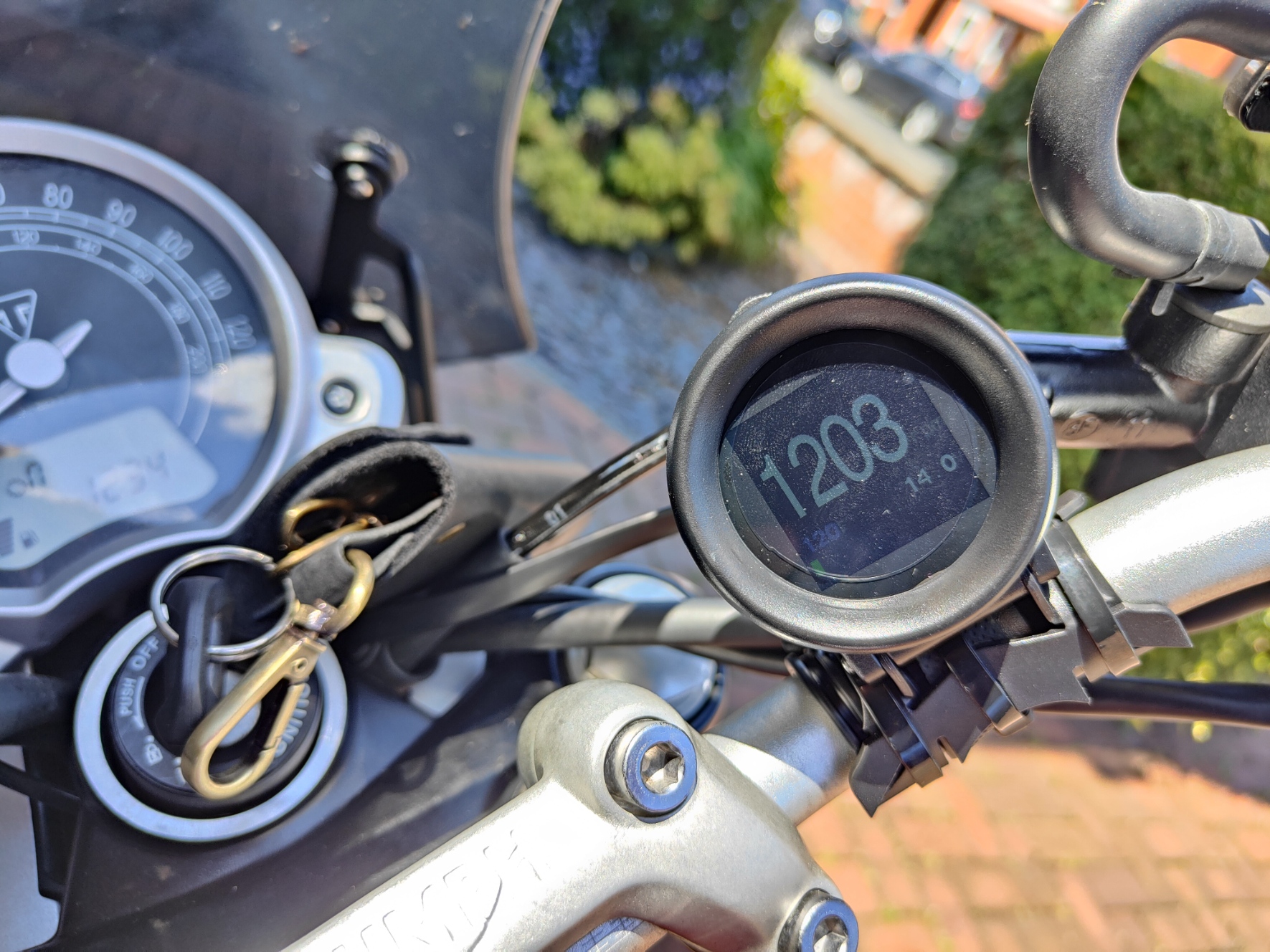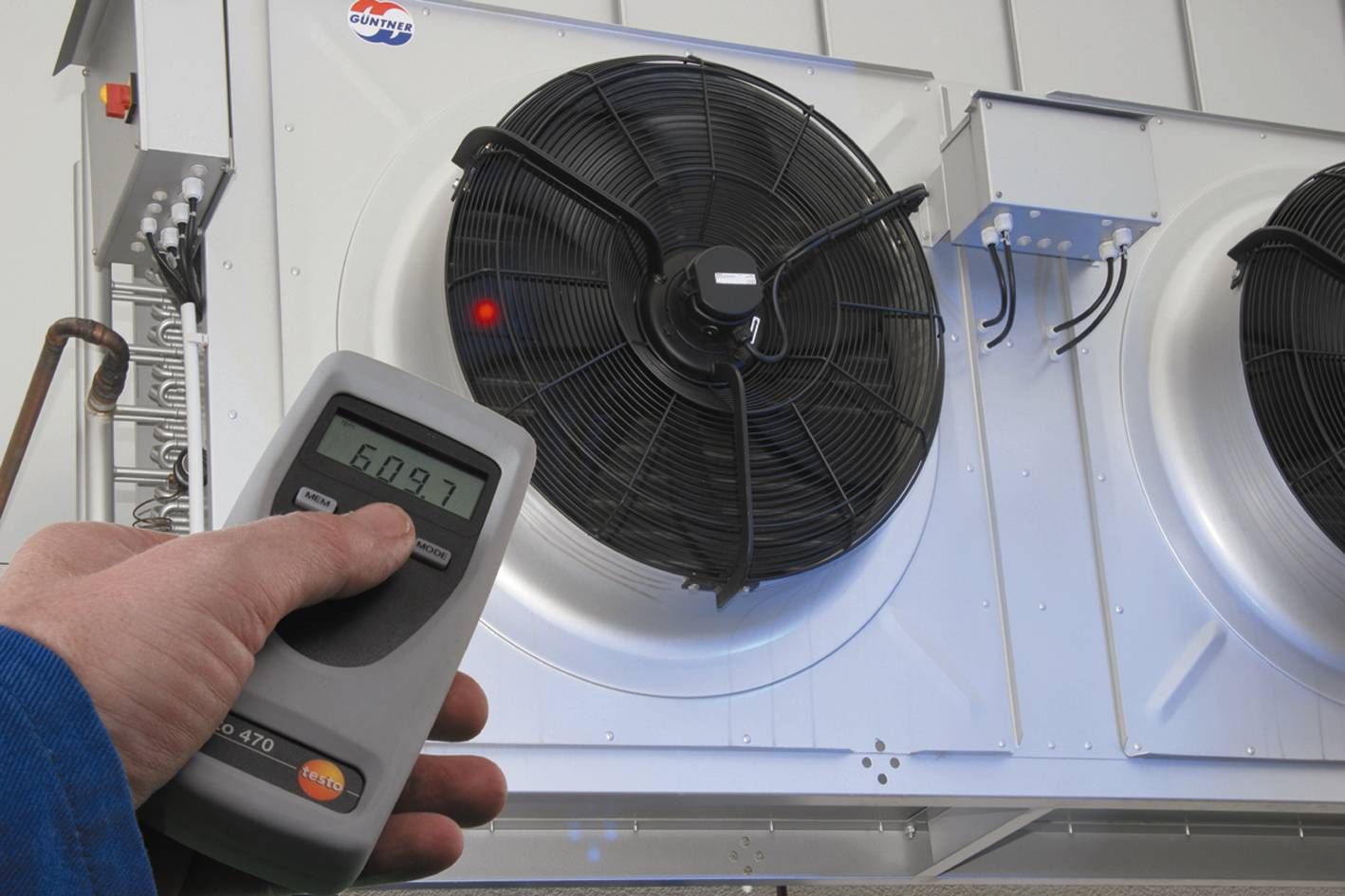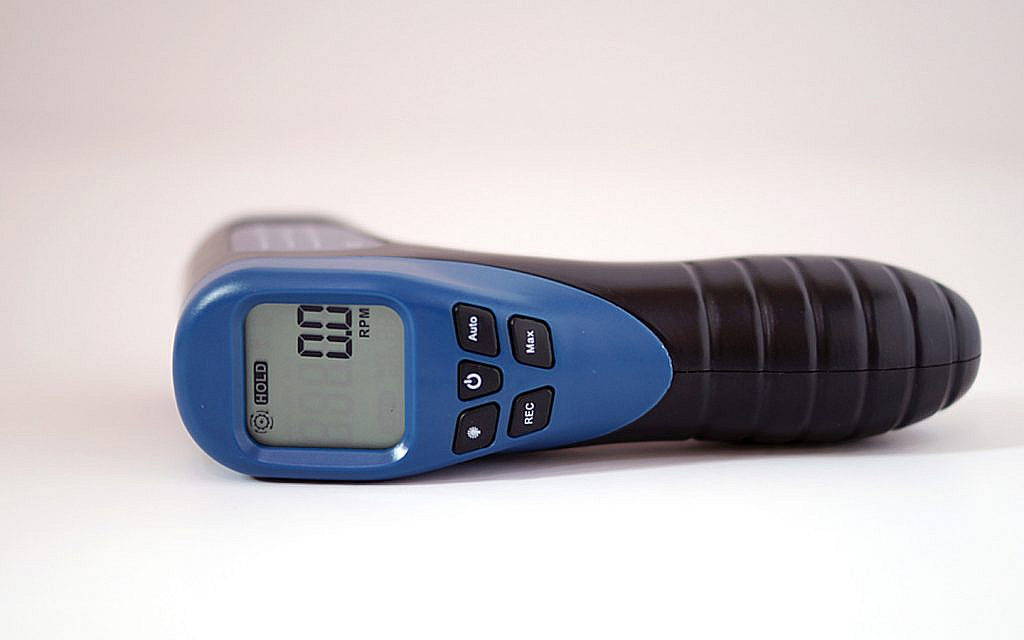Understanding Tachometer Functionality
As a vital component of your vehicle’s dashboard, the tachometer measures the engine’s revolutions per minute (RPM). It’s an essential tool for monitoring your engine’s performance. Knowing how to tell if your tachometer is bad is crucial for maintaining your vehicle’s health and performance.
When a tachometer malfunctions, it can lead to severe engine damage if not addressed promptly. This comprehensive guide will help you understand the signs of a faulty tachometer, its causes, and what you can do to fix it.

Signs of a Bad Tachometer
Recognizing the symptoms of a bad tachometer can save you from significant repair costs. Here are some common signs:
Inaccurate Readings
If your tachometer displays inconsistent or fluctuating RPM readings, this could be a sign of a problem. An accurate reading is crucial for gauging engine performance.
Stuck Needle
The needle on the tachometer should move smoothly. If it sticks or jumps erratically, there might be an internal issue that needs to be fixed.
Complete Failure
If the tachometer stops working entirely, it can indicate an electrical fault or a failure of the tachometer itself.
Causes of Tachometer Malfunctions
Understanding the causes behind tachometer issues is essential for proper repairs:
Electrical Problems
Wiring faults, loose connections, or a damaged battery can cause the tachometer to malfunction. Ensuring all electrical components are in good condition is key.
Sensor Issues
The tachometer relies on a sensor to read RPM. A damaged or dirty sensor can result in inaccurate readings.
Software Glitches
Modern cars come with advanced electronic systems. Software issues can sometimes interfere with the tachometer’s operation.
Diagnosing Tachometer Problems
Professional diagnostics can pinpoint the exact problem. Here are some steps to consider:
Visual Inspection
Start with a visual inspection of the tachometer, wiring, and connections. Look for obvious signs of damage.
Using a Multimeter
A multimeter can help check the electrical circuits connected to the tachometer. This tool measures voltage, resistance, and current.
Consulting a Professional
If you’re not experienced in car repairs, it’s wise to consult a professional mechanic. They have the tools and expertise to diagnose and fix tachometer issues.
Fixing a Bad Tachometer
Once you’ve identified the problem, it’s time to fix it:
Repairing Wiring
Damaged or loose wires should be repaired or replaced. Ensure proper insulation to prevent future issues.
Cleaning or Replacing Sensors
A dirty or damaged sensor can be cleaned or replaced to restore proper tachometer function.
Updating Software
If software glitches are the cause, updating the car’s software might resolve the problem.
Preventing Future Tachometer Issues
Maintaining your tachometer can prevent future problems:
Regular Maintenance
Schedule regular maintenance checks to keep your vehicle in top condition. This includes checking the tachometer and related components.
Keeping Electrical Systems in Check
Ensure that your car’s electrical systems are in good condition. Address any issues promptly to avoid affecting the tachometer.

Understanding Your Vehicle
Familiarize yourself with your vehicle’s manual and the tachometer’s operation. This knowledge can help you identify problems early.
FAQs
What does a bad tachometer affect?
A faulty tachometer can lead to incorrect engine performance readings, risking engine damage.
Can I drive with a bad tachometer?
While it may be possible, it’s not advisable as it can lead to significant engine issues.
How much does it cost to fix a tachometer?
The cost can vary based on the problem, but professional repair is advisable.
For more in-depth information on tachometers, visit ScienceDirect or AZoSensors.
